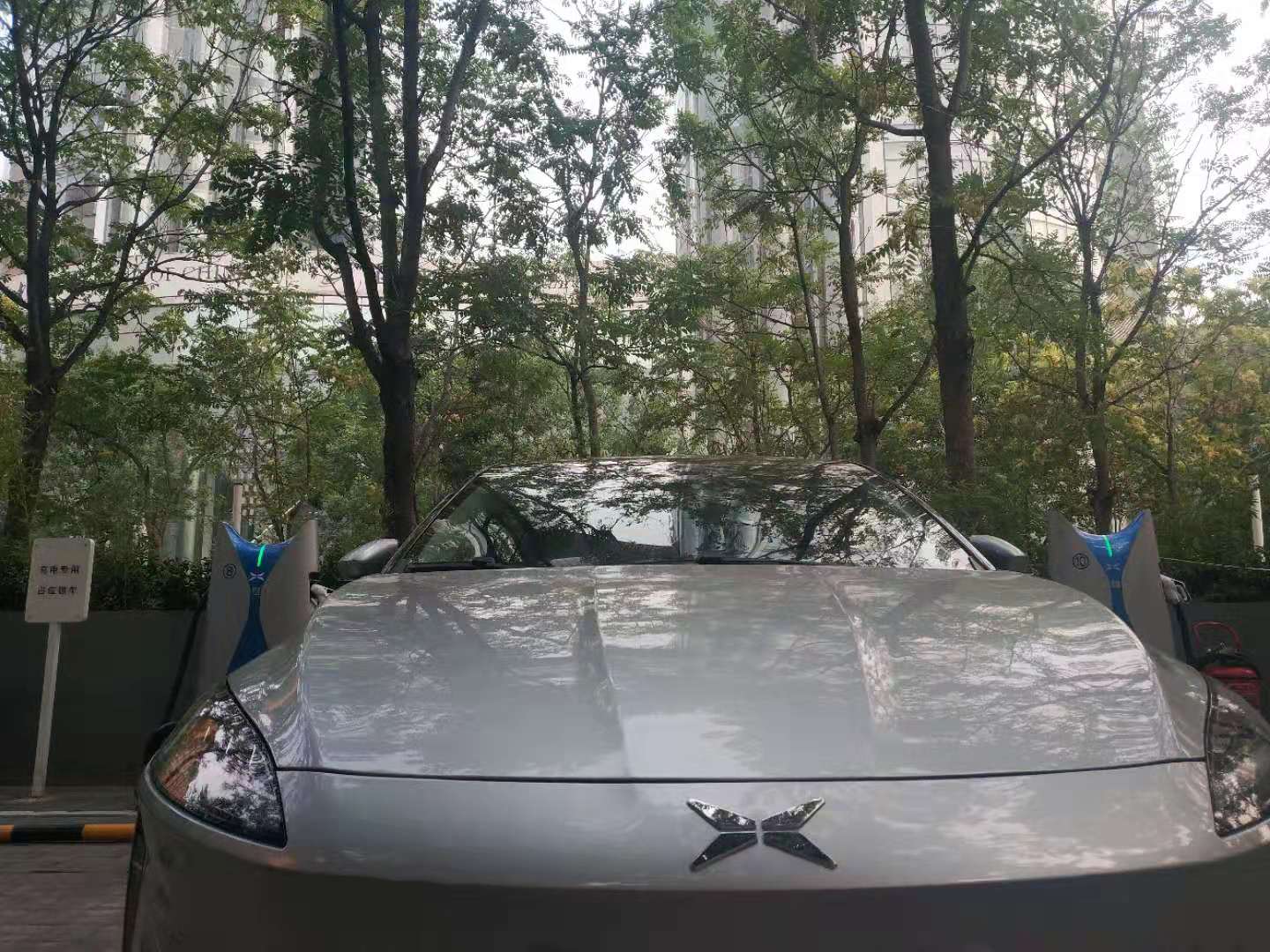Alibaba-backed electric vehicle maker Xpeng Motors is under scrutiny because an autonomous driving feature in one of its models has been found to possibly contain a design flaw.
Some of Xpeng’s G3 electric cars, which have been on the Chinese market since late 2018, are equipped with the XPILOT driver assistance system. The company claims that XPILOT has “Level 2.5” autonomous driving capabilities, though there is no official definition for the term in international standards.
One of XPILOT’s features is a function called Lane Centering Control, which is designed to ensure that the vehicle remains centered in traffic lanes in congested urban conditions and during high-speed long-distance cruising.
Several G3 owners told36Kr that when the feature is activated, the vehicle’s system interprets a bridge’s shadow in northwestern Beijing as a lane on the road, steering the vehicle off course. The drivers must then intervene to avoid collisions.
Under the standards outlined by the Society of Automotive Engineers (SAE), Level 2 automation indicates partial automation, meaning the vehicle can control steering, acceleration, and braking, but falls short of self-driving, requiring a human to take control at any given moment. As a comparison, Tesla’s Autopilot is a Level 2 system.
Xpeng’s— as well as other automakers’ —label of “Level 2.5” autonomous driving muddles matters of responsibility in the case of a serious accident. By SAE’s definition, drivers are required to remain aware of road conditions and their vehicle’s operations at all times while in vehicles that are classified between Level 0 and Level 2. Starting from Level 3, however, the vehicle monitors the driving environment, though human overrides may be necessary.
When contacted by36Kr, Xpeng said that the company itself has not received any feedback related to the incidents from its car owners. The EV maker explained that the Lane Centering Control function depends on a vision-sensing system, which cannot be 100% accurate in its detection operations. The company takes the view that the problem is universal, and said it will try to address the matter via continual upgrades.
In June, Baidu launched a vision-based autonomous driving solution enabled by ten cameras. The solution alone, which is called Apollo Lite, has achieved Level 4 autonomous driving, meaning the driver is not required to intervene with driving operations, and that autonomous travel can take place under specific conditions, such as in designated self-driving zones.
At that time, Baidu added that it hoped multiple sensor systems, including vision-based sensing system and Lidar-based sensing, can be integrated in vehicles for the “true redundancy” necessary for a safe and fully autonomous driving experience.
The XPILOT is equipped with five cameras, 12 ultrasonic radars, and three millimeter-wave radars, according to Xpeng Motors’ website.
36Kr is KrASIA’s parent company.
